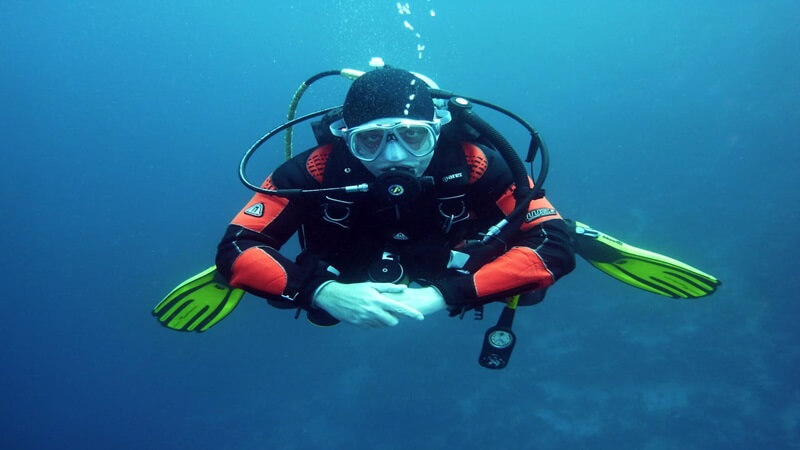For a variety of marine activities, including scientific research and commercial operations, it is essential to comprehend and map the ocean bottom, sometimes referred to as ocean topography. When it comes to collecting precise data on the undersea environment, survey crews are essential. But because of the ocean’s depth, pressure, and size, this endeavor is difficult. Survey teams now operate in a completely new way thanks to submerged cameras, which can take crisp, high-definition pictures and movies of the ocean floor. This article looks at how survey teams may improve ocean topography with subsea cameras, giving them accurate, dependable data to support a variety of nautical activities.
Capturing High-Resolution Images of the Seafloor
High-resolution photos of the seabed are one of the main ways subsea cameras improve the topography of the ocean. Even under the deepest waters, these cameras’ robust construction allows them to capture detailed and crisp images. Survey teams may produce detailed maps that display the characteristics and contours of the ocean floor by taking pictures from different viewpoints and places. These photos provide marine scientists, engineers, and navigators with crucial insights by tracking sediment movements, identifying geological structures, and detecting changes over time.
Enhancing Accuracy in Topographic Mapping
Topographic mapping is considerably more accurate because of subsea imaging. While traditional techniques like sonar offer useful information, they frequently lack the accuracy required for in-depth research. Subsea cameras provide survey personnel with visual confirmation of sonar readings when used in conjunction with sonar, enabling them to cross-check and improve their data. The dependability of topographic maps is increased, and mistakes are decreased by using this dual technique. Subsea cameras are an essential instrument in contemporary oceanography because precise mapping is necessary for safe navigation, underwater development, and environmental monitoring.
Supporting Environmental Impact Assessments
Assessments of the environmental impact (EIAs) are essential for comprehending how human activity affects marine ecosystems. Survey crews use subsea cameras to record the seafloor’s condition before, during, and after projects like cable laying, offshore drilling, and building undersea structures. The detailed footage from these cameras is useful for tracking changes in biodiversity and identifying vulnerable areas. It also helps monitor how ecosystems recover from disruptions. By providing visual proof of environmental conditions, subsea cameras support informed decision-making. This safeguards marine life and encourages sustainable ocean use.
Facilitating the Study of Marine Life
In addition to charting the ocean floor, subsea cameras examine the wide variety of organisms that call it home. These cameras help us better understand the behavior, movements, and interactions of marine life in its natural habitat. This knowledge is essential for survey teams. It helps them comprehend how topographic changes, such as new structures or modifications to sediment patterns, may impact marine life.
Enhancing Underwater Archaeological Research
Subsea camera technology is also very helpful in the field of underwater archaeology. Survey workers work closely with archaeologists to find and record underwater antiquities, shipwrecks, and historic buildings. The fine-grained imagery required for this analysis of the results is obtained without disturbing the subsea cameras. Archaeological sites may also be modeled in three dimensions using the cameras, providing a deeper comprehension of the structure and importance of the sites.
Aiding in the Exploration of Uncharted Territories
Subsea cameras are vital equipment for exploring the vast bulk of the ocean floor, which is yet undiscovered. Survey crews use these cameras to map new seabed regions, collect data, and investigate uncharted territory. Subsea cameras have provided a first glimpse at these hitherto unexplored ecosystems through high-resolution pictures and video recordings, opening up new avenues for resource development and scientific research. Subsea cameras will remain essential in helping us learn more about the world’s waters as technology develops.
Conclusion
Survey teams now approach ocean topography with submerged cameras because of their unmatched accuracy, detail, and versatility. These cameras are essential for modern marine exploration, supporting everything from underwater archaeology to capturing stunning photographs of the seafloor. Subsea cameras are opening doors for discoveries and advancements in oceanography. They improve safety, efficiency, and the capacity to explore unexplored regions. Our knowledge of the undersea world will grow as survey crews use and integrate this technology. This will lead to better decision-making and environmentally friendly practices in marine areas.
For more info visit Business Stylish
